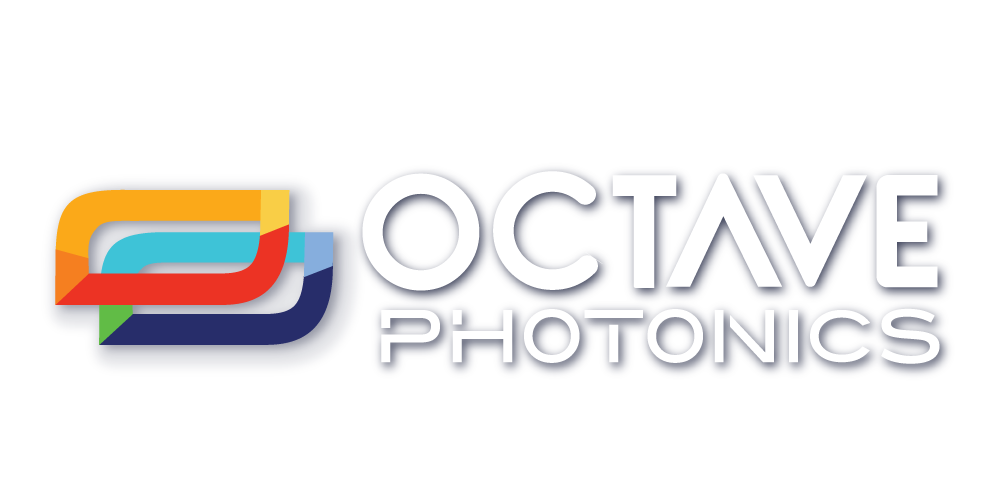 Image 1 of
Image 1 of


BARC: Bias-Adjustable Range Converter (COMING SOON)
The Bias-Adjustable Range Converter is a general-purpose laboratory device designed to simply and easily interface between different voltage ranges and/or generate DC voltage offsets. This aims to address the problem that many instruments have incompatible input and output voltages (e.g. 0 to 5V, -10 to 10V, -1 to 1V, 0 to 2V, -5 to 5V, etc) by providing a simple way to safely convert between them.
Many different uses are possible. For example:
1. Converting the -1 to 1 V bipolar output range of an FPGA to a unipolar 0 to 5 V span.
2. Summing a triangular ramp signal with an adjustable DC background voltage.
3. Maximizing dynamic range of a signal to fill the bits of an ADC
Key technical features:
Ability to set hard limits on the output range to protect downstream devices. These are set discretely with selector switches separately for the low and high limits.
Simple visual feedback of the current output voltage. LED indicators show when signal clipping is occurring.
Continuously tunable gain and bias offset knobs for precision adjustments.
Low noise and high bandwidth (2.5 MHz with <30 deg phase roll-off)
The Bias-Adjustable Range Converter is a general-purpose laboratory device designed to simply and easily interface between different voltage ranges and/or generate DC voltage offsets. This aims to address the problem that many instruments have incompatible input and output voltages (e.g. 0 to 5V, -10 to 10V, -1 to 1V, 0 to 2V, -5 to 5V, etc) by providing a simple way to safely convert between them.
Many different uses are possible. For example:
1. Converting the -1 to 1 V bipolar output range of an FPGA to a unipolar 0 to 5 V span.
2. Summing a triangular ramp signal with an adjustable DC background voltage.
3. Maximizing dynamic range of a signal to fill the bits of an ADC
Key technical features:
Ability to set hard limits on the output range to protect downstream devices. These are set discretely with selector switches separately for the low and high limits.
Simple visual feedback of the current output voltage. LED indicators show when signal clipping is occurring.
Continuously tunable gain and bias offset knobs for precision adjustments.
Low noise and high bandwidth (2.5 MHz with <30 deg phase roll-off)
The Bias-Adjustable Range Converter is a general-purpose laboratory device designed to simply and easily interface between different voltage ranges and/or generate DC voltage offsets. This aims to address the problem that many instruments have incompatible input and output voltages (e.g. 0 to 5V, -10 to 10V, -1 to 1V, 0 to 2V, -5 to 5V, etc) by providing a simple way to safely convert between them.
Many different uses are possible. For example:
1. Converting the -1 to 1 V bipolar output range of an FPGA to a unipolar 0 to 5 V span.
2. Summing a triangular ramp signal with an adjustable DC background voltage.
3. Maximizing dynamic range of a signal to fill the bits of an ADC
Key technical features:
Ability to set hard limits on the output range to protect downstream devices. These are set discretely with selector switches separately for the low and high limits.
Simple visual feedback of the current output voltage. LED indicators show when signal clipping is occurring.
Continuously tunable gain and bias offset knobs for precision adjustments.
Low noise and high bandwidth (2.5 MHz with <30 deg phase roll-off)
